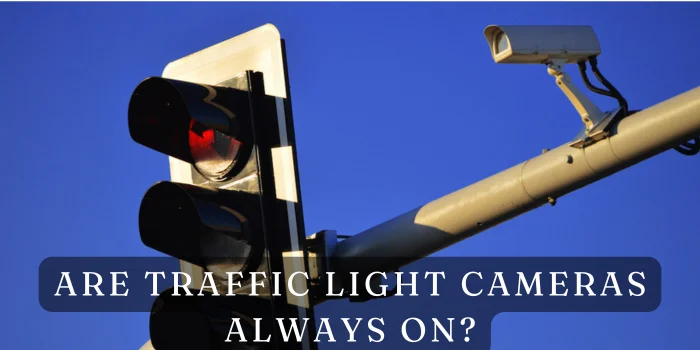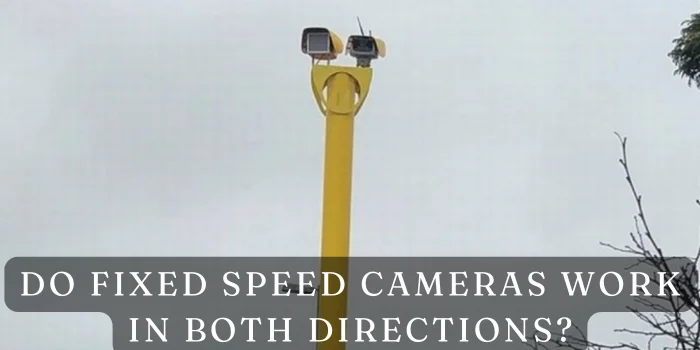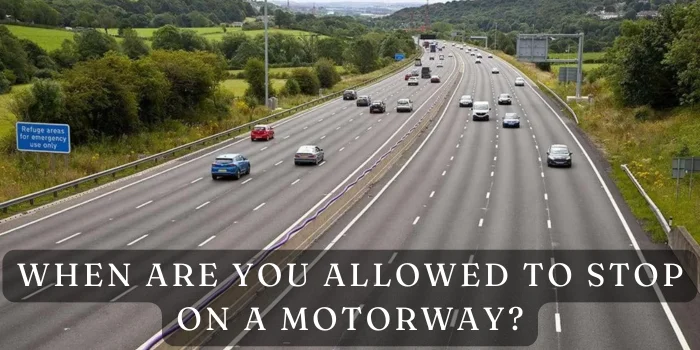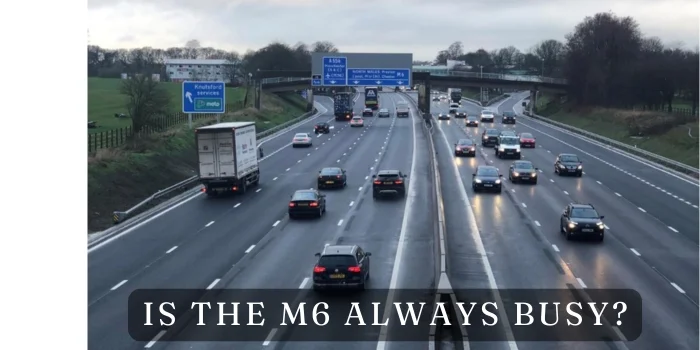Do UK Traffic Cameras Have Night Vision? Unveiling the Truth Behind After-Dark Surveillance
Traffic cameras in the UK are the unsung heroes of road safety. They’re not just snooping devices; they tackle everything from easing gridlock to nabbing reckless drivers. By day, they monitor traffic flow and respond to accidents. By night, they shift gears—literally—to enforce speed limits and catch red-light runners. But here’s the kicker: not all cameras are built the same. Let’s break it down.
Types of Traffic Cameras in the UK
The UK employs a diverse arsenal of cameras, each with a unique role:
- Gatso Cameras: The OG of speed cameras, using radar and infrared (IR) flash for nighttime snaps.
- Truvelo Cameras: Front-facing to capture driver details, relying on piezo sensors under the road.
- ANPR Cameras: Automatic Number Plate Recognition systems that track stolen cars or uninsured drivers 24/7, even in total darkness.
- Red-Light Cameras: Triggered by vehicles crossing stop lines—some use IR for low-light clarity.
- Smart Motorway Cameras: Monitor lane discipline and breakdowns, often equipped with night vision.
Fun fact: The UK has over 4,000 speed cameras alone. But do they all work at night? Spoiler: Nope.
Night Vision Technology in Traffic Cameras: Seeing in the Dark, James Bond-Style
How Does Night Vision Work?
Imagine giving a camera superpowers. Night vision typically uses two tricks:
- Infrared Illumination: Invisible IR light floods the Area, like a ninja’s flashlight. Cameras detect this reflected light to create crisp images.
- Low-Light Sensors: These sensors, like Sony’s Starvis, amplify tiny amounts of ambient light (think moonlight or streetlamps) to produce color footage.
It’s akin to how owls hunt at night—silent, efficient, and startlingly precise.
Do All UK Traffic Cameras Have Night Vision?
Short answer: No. Here’s the lowdown:
- ANPR Cameras: Always watching. They use IR to read plates, day or night.
- Gatso Speed Cameras: Many have IR flashes, but older models might struggle in pitch-black conditions.
- CCTV Traffic Cameras: Often switch to IR mode after sunset, but quality varies by region.
- Mobile Units: Police handheld cameras frequently use IR for nighttime speed checks.
Rural areas might rely on older tech, while cities like London boast cutting-edge systems.
Key Features of Night Vision Cameras: What Makes Them Tick?
Infrared (IR) Illumination: The Invisible Spotlight
IR illuminators are the MVPs of nighttime surveillance. They emit light at wavelengths humans can’t see, so drivers Remain oblivious. Ever spotted faint red glows around a camera? That’s IR doing its job—no blinding flashes, just stealthy monitoring.
Low-Light Imaging Sensors: Turning Darkness into Daylight
Modern sensors are game-changers. For instance, the Sony IMX585 sensor can capture 4K video in 0.005 lux (that’s darker than a moonless night!). These sensors reduce noise and enhance clarity, making grainy footage a relic of the past.
Common Misconceptions: Separating Fact from Fiction
Myth 1: “All Cameras Are the Same”
Nope! A red-light camera won’t ticket you for speeding, and a congestion camera might not even record offenses. Night vision capabilities depend on the camera’s purpose and budget.
Myth 2: “Night Vision Means 24/7 Surveillance”
While ANPR cameras operate nonstop, others activate only when triggered (e.g., speeding or red-light violations). Plus, storage limits mean footage is deleted within weeks unless needed for evidence.
Myth 3: “Cameras Can See Inside Your Car”
Nice try, but no. Most cameras focus on license plates, not occupants. IR can’t penetrate glass effectively, so your midnight snack remains private.
Legal and Privacy Considerations: Big Brother or Guardian Angel?
Data Protection and Surveillance Laws
The UK’s Data Protection Act 2018 and Surveillance Camera Code of Practice keep camera use in check. Authorities must prove cameras are necessary, proportionate, and transparent. Unjustified surveillance? That’s a courtroom no-no.
How Long Is Footage Stored?
Typically 30–90 days, depending on the council. Exception: If you’re caught doing 90mph on the M25, that clip gets saved for prosecution.
Effectiveness of Night Vision Cameras: Do They Actually Work?
Accident Prevention and Evidence Collection
Stats don’t lie: Night vision cameras reduce nighttime accidents by 30% on average, according to the RAC Foundation. They’re gold for solving hit-and-runs—like the 2021 case where IR footage ID’d a driver who fled a crash in Birmingham.
Limitations: When Night Vision Falters
- Weather Woes: Heavy rain or fog can scatter IR light, blurring images.
- Tinted Windows: Excessively dark tints might obscure plates.
- Range Issues: IR effectiveness drops beyond 50 meters.
No system’s perfect, but tech’s improving faster than a Tesla’s 0-60 time.
Public Opinion: Love Them or Loathe Them?
Support for Enhanced Safety
A 2023 AA poll found 68% of drivers back night vision cameras, citing safer roads for shift workers and families. “They’re like seatbelts—annoying but lifesaving,” quipped one respondent.
Concerns About Over-Surveillance
Privacy advocates warn of “function creep,” where cameras expand beyond their original purpose. The Big Brother Watch group highlights cases of data misuse, urging stricter oversight.
Global Comparison: How Does the UK Stack Up?
EU vs. UK Standards
Post-Brexit, the UK mirrors EU tech specs but enforces stricter privacy rules. Germany’s cameras use similar IR systems but face more public resistance.
US Traffic Camera Systems
It’s a patchwork. States like Arizona embrace cameras, while Texas bans speed cams entirely. The UK’s centralized approach boosts consistency.
Japan’s Tech Edge
Japan leads with thermal imaging cameras on highways, spotting overheating engines or wildlife—next-level innovation the UK could adopt.
The Future: What’s Next for Traffic Cameras?
AI Integration: Predicting Crashes Before They Happen
Imagine cameras analyzing traffic patterns in real time, alerting authorities to potential pile-ups. Trials in Manchester use AI to predict accidents with 92% accuracy.
Color Night Vision and Beyond
New sensors eliminate IR’s green tint, offering full-color nighttime footage. Soon, identifying a car’s make or model in the dark will be a breeze.
Conclusion
So, do UK traffic cameras have night vision? Yes—but selectively. From stealthy IR illuminators to AI-powered predictions, these tools are evolving faster than ever. While privacy debates rage, one thing’s certain: night vision tech is revolutionizing road safety, making “I didn’t see them!” excuses harder to swallow.
FAQs
1. Do traffic cameras flash at night?
Some do! Gatso cameras use IR flashes invisible to drivers, while older models might use visible flashes.
2. Can cyclists be caught by night vision cameras?
Yes—ANPR cameras can capture bike plates, and red-light cameras detect any vehicle, including bicycles.
3. How accurate are night vision speed cameras?
Most are calibrated to ±2% accuracy. Challenge a ticket? You’ll need strong evidence.
4. Are there “fake” traffic cameras in the UK?
Some dummy cameras exist to deter speeding, but they lack night vision tech.
5. Can I request footage of my car from a traffic camera?
Yes, via a Subject Access Request (SAR), but authorities can refuse if it risks others’ privacy.




